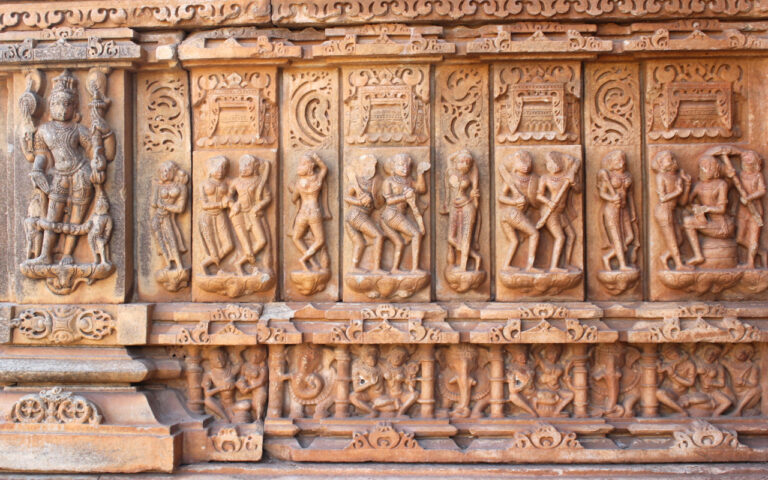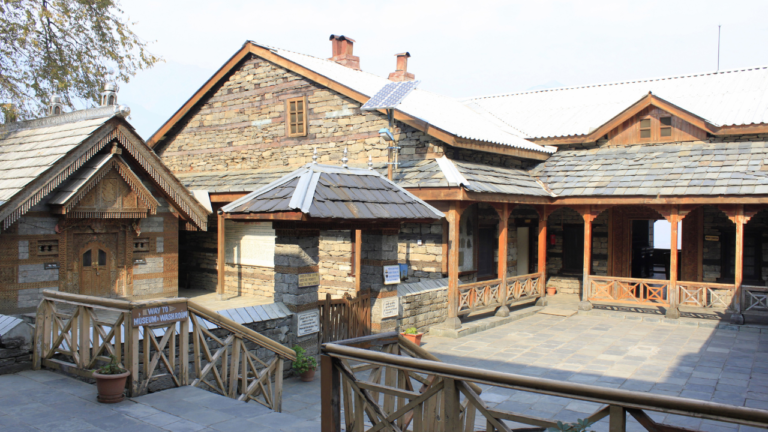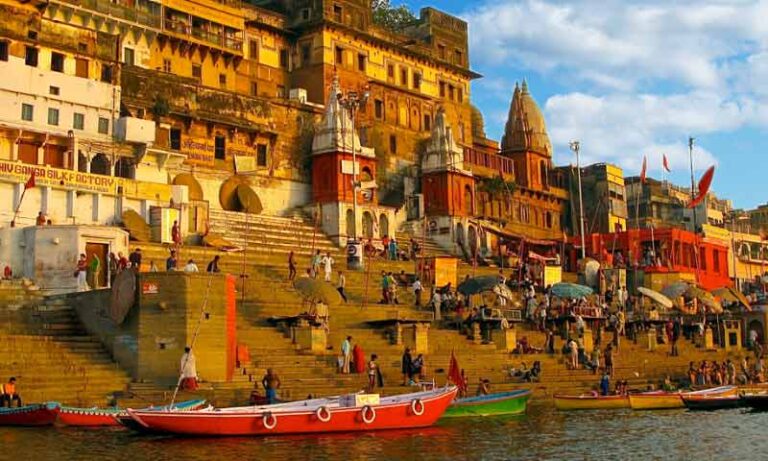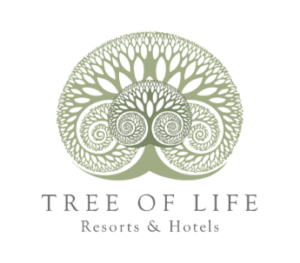Bagore Ki Haveli, a haveli that rises gloriously on the shores of the wonderful Lake Pichola near Gangori Ghat, is one of the most well-known tourist attractions in Udaipur. You can stay at our Tree of Life Resort in Udaipur and visit Bagore Ki Haveli, which was built in the 18th century by Amar Chand Badwa, the Mewar kingdom’s then-prime minister has been repaired throughout time and is now a museum.
Bagore Ki Haveli’s history
Bagore Ki Haveli was constructed by Shri Amarchand Badwa, who presided as Prime Minister of the Mewar kingdom from 1751 to 1778 under the rule of Maharanas Pratap Singh II, Raj Singh II, Ari Singh, and Hamir Singh. After Amarchand Badwa passed away, the haveli passed into the hands of the Mewar royal family and was inhabited by Nath Singh, a relative of the ruling Maharana. The triple-arched doorway was constructed in 1878 by Maharaj Shakti Singh of Bagore, who also extended the haveli. Since that time, it has been known as Bagore ki Haveli. The haveli remained in Mewar state’s control until 1947. The Rajasthani government employed the Haveli to house its personnel after India gained its independence. After over 40 years of neglect, the government finally chose to delegate the repair effort to the West Zone Cultural Center in 1986.
Refurbishment of Bagore ki Haveli
The haveli was transformed into a museum by the West Zone Cultural Centre while maintaining its regal appearance and traditional architectural design. Several royal family members were consulted, and the Haveli was renovated utilising regional and traditional techniques to preserve its original charm. Traditional materials like lakhori bricks and lime mortar were employed in the renovation of Bagore ki Haveli. The already-existing murals were maintained, and the severely damaged doors, windows, and perforated screens were replaced along with the others.
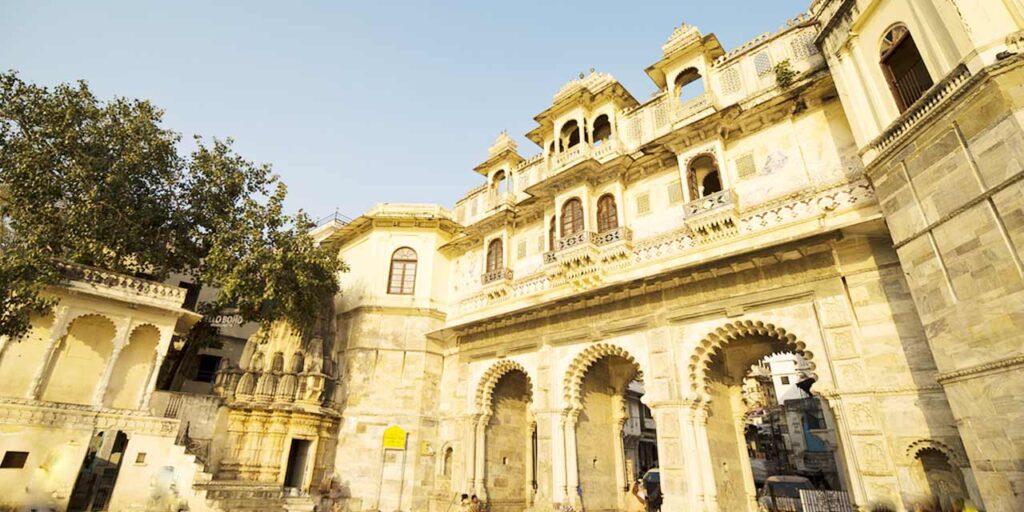
The architecture of Bagore ki Haveli
For its magnificent architecture and expert craftsmanship, the Bagore ki Haveli would be a must-see for every art enthusiast. Bagore ki Haveli is a magnificent collection of sizable courtyards, balconies, jharokhas, ornamental archways, cupolas, and a fountain that reflects the aristocratic lifestyle of the Mewar. The Haveli’s interiors, which number about 138, are exquisitely embellished with mirrorwork. Beautiful murals and captivating glasswork adorn Haveli’s walls. The royal family has several chambers that are worth admiring for their exquisite craftsmanship. Because of its renowned and exquisitely coloured glass windows, The Chambers of the Royal Ladies is one location that is worthwhile visiting. It houses two exquisitely constructed peacocks made of coloured glass mosaics.
The Museum
The Puppet Museum, the Main Haveli, the Turban Museum, the Weapon Museum, and the Wedding Depiction Section are the five divisions of the Museum Bagore ki Haveli. These areas are all very well maintained.
Bagore ki Haveli’s Dharohar Dance Show
The Dharohar Dance Show, which begins each evening at around 7 p.m., is Bagore ki Haveli’s biggest draw. This one-hour performance is held in the Neem Chowk courtyard. The Haveli gains attractiveness from the elegantly illuminated balconies of the Neem Chowk, which create a venue for the traditional Rajasthani folk dance and music. On the ground around the stage, seating arrangements are made. To have an excellent view of the dance performances, big mattresses have been set on the floor around the terrace’s three sides.

